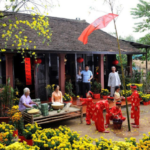The Gold Offering Ceremony, a significant cultural practice in Vietnam, takes place on the third day of the Lunar New Year, known as the Day of Offering Gratitude to the Afterlife. This ceremony holds a special meaning, but do you know what it symbolizes and how to properly perform the ritual for Tet 2024, the Year of the Dragon? Let’s explore this together in the article below.
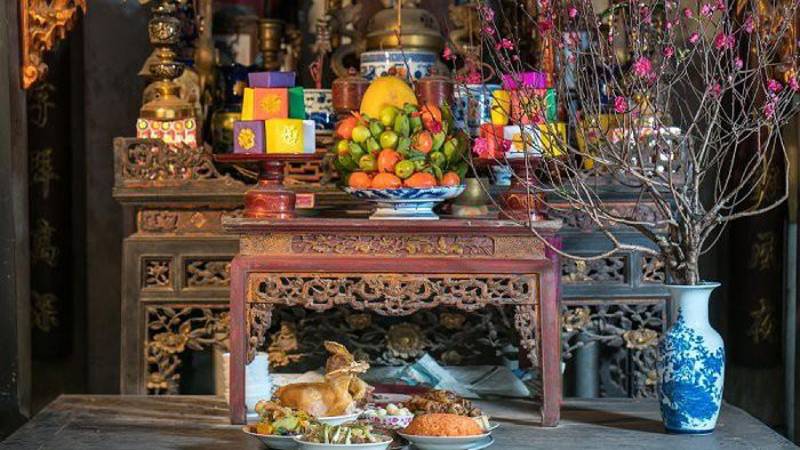 Gold Offering Ceremony – Gratitude to the Afterlife
Gold Offering Ceremony – Gratitude to the Afterlife
Vietnam boasts a diverse range of regional customs and cultural practices. The Gold Offering Ceremony, also known as the Gratitude to the Afterlife ritual, is performed differently across various regions. It can take place on the second, third, fourth, or seventh day of the Lunar New Year, which marks the opening of the ancestral altar for the year.
However, the Gold Offering Ceremony is typically held on the third day of the Lunar New Year. This ceremony involves offering incense, paper clothes, and gold ingots to bid farewell to the ancestors as they return to the afterlife after spending three days celebrating Tet with their descendants. Thus, the ceremony is also known as the Ancestral Farewell Ritual at the beginning of the year. It reflects the descendants’ respect and hope for their ancestors’ blessings of prosperity, health, and good fortune for the coming year.
1 Significance of the Gold Offering Ceremony on the Third Day of Tet
The Gold Offering Ceremony involves burning incense, gold ingots, and paper clothes to bid farewell to the ancestors as they return to the afterlife. It symbolizes the descendants’ respect and hope for their ancestors’ blessings and protection for the coming year. This ceremony is considered one of the most important rituals during Tet.
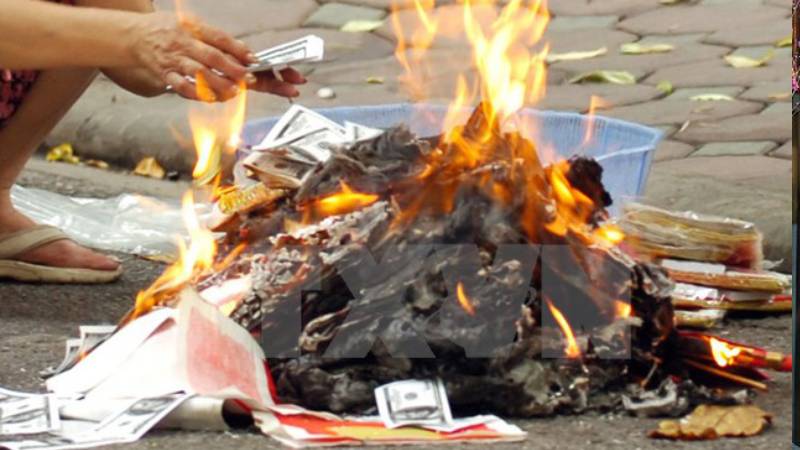
The Gold Offering Ceremony holds a significant place in Vietnamese culture, just like the Tet holiday itself. The scale and preparation of the ceremony vary depending on the family’s circumstances.
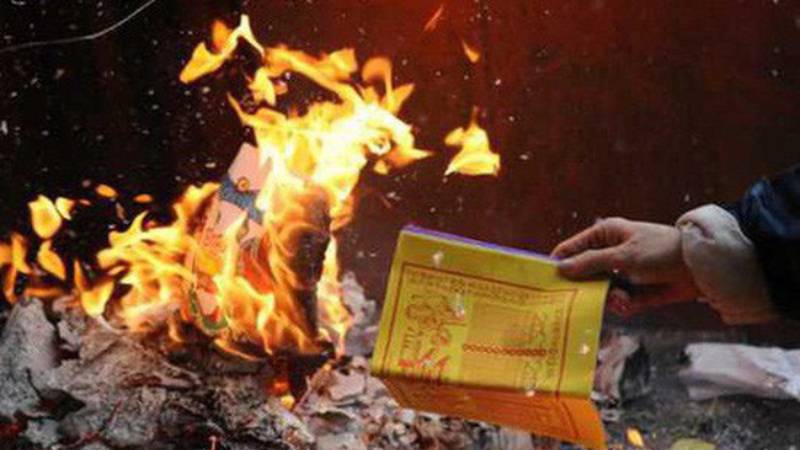
According to folk beliefs, it is essential to express gratitude through rituals for the ancestors to witness the sincerity of the family. Therefore, the Gold Offering Ceremony plays a crucial role during Tet. After the ceremony, the family members will proceed to burn the offerings. The paper money and gold ingots for the household gods are burned first, followed by those for the ancestors. If there has been a recent death in the family, the deceased’s offerings must be burned separately.
For further reference:
2 Rituals and Offerings for the Gold Offering Ceremony on the Third Day of Tet
Offerings for the Gold Offering Ceremony
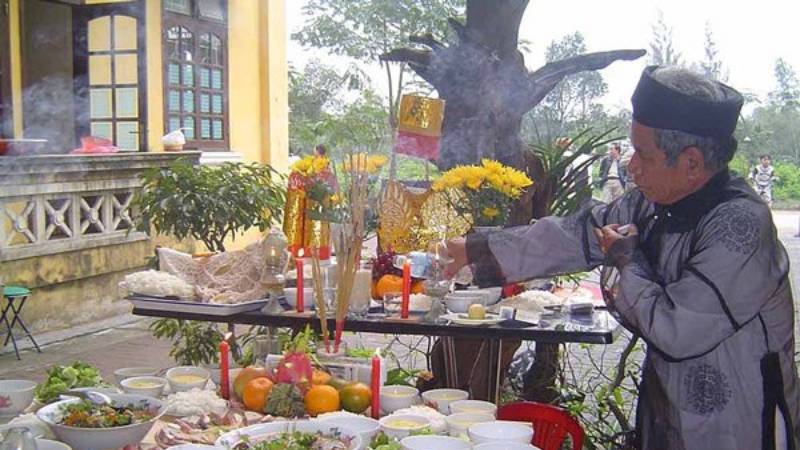
The offerings for the Gold Offering Ceremony vary depending on the family’s financial situation, but they typically include:
-
A tray of vegetarian or meat dishes, including wine, , …
-
Hell money and votive offerings in small quantities
-
Fresh flowers
-
Incense
-
,
-
Betel and areca nuts, cigarettes
-
Two sugarcane stalks
There is no strict rule regarding the type and amount of offerings, whether vegetarian or meat dishes. However, if meat dishes are offered, a rooster is usually included. The offerings are prepared solemnly and abundantly to show the descendants’ respect and sincerity to their ancestors.
The rooster holds a special significance in the Gold Offering Ceremony. It symbolizes five virtues valued by the Vietnamese people: Culture, Bravery, Courage, Compassion, and Fidelity. Including a rooster in the offerings signifies a wish for a prosperous and bright future.
When preparing outdoor offerings, the rooster should be placed on a large, clean plate, with its internal organs arranged neatly underneath, and its beak should hold a red rose. The rooster’s head must face the road to welcome the New Year’s administrative official passing by. This positioning also symbolizes inviting the sun’s rays into the house.
When placing the rooster on the ancestral altar, according to some experts, the rooster’s head should face the incense burner in a posture known as “the crowing rooster in attendance”, with its mouth open, knees bent, and wings stretched out naturally. If the rooster’s head faces outward, as is commonly practiced in many families, it implies that the rooster is not paying respect.
Rituals for the Gold Offering Ceremony and Burning of Votive Offerings on the Third Day of Tet
After the ceremony, the family members will burn the offerings to express gratitude to their ancestors and household gods. This ritual is performed solemnly in a clean corner of the garden or yard. The paper money and gold ingots are burned first, followed by the other offerings. If there has been a recent death in the family, the deceased’s offerings must be burned separately.
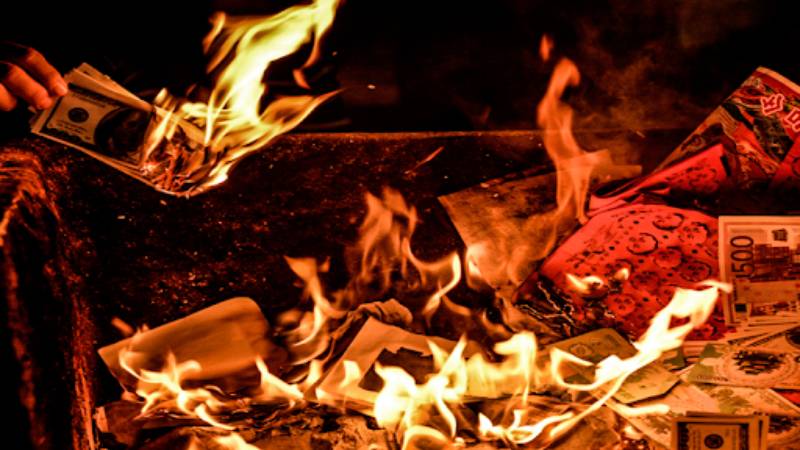
After the ceremony, the family head will bow three times to pray for the ancestors’ blessings. Then, they will ask for permission to receive and distribute the offerings among the family members. A long sugarcane stalk is placed at the burning site to serve as a cane for the spirits to carry the offerings to the afterlife.
Incantation for the Gold Offering Ceremony on the Third Day of Tet
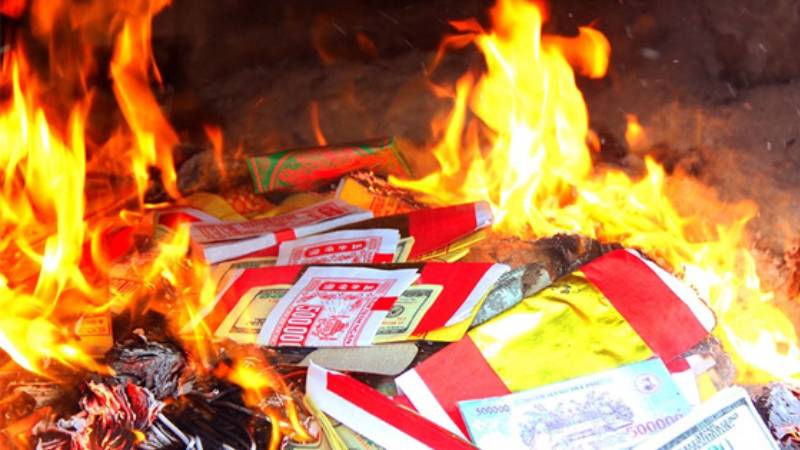
Below is an incantation for the Gold Offering Ceremony on the third day of Tet, used when burning votive offerings:
– Namo Amitabha Buddha (recited three times)
– I respectfully bow to the Nine Skies and Ten Directions, and to the Buddhas of the Ten Directions
– I respectfully bow to the Emperor of Heaven, the Empress of Earth, the Dragon Vein, the Kitchen God, and all the deities
– I respectfully bow to the Emperor of Heaven and the Empress of Earth, as well as all the deities
– I respectfully bow to the Current Year’s Administrator, the City God, the Earth God, the Kitchen God, and the Dragon Vein God
– I respectfully bow to our ancestors and relatives of the inner and outer lineages
Today is the third day of the first month of the Giáp Thìn 2024 year
We are: …………………………………………………….age…………………
Currently residing at……………………………………………………………………………
With sincere hearts, we have prepared incense, flowers, and offerings, along with wine and rituals, and respectfully present them before the altar. We humbly inform you that the Tet celebration has come to an end, and now we are burning gold and silver ingots to express our gratitude to the deities and send our ancestors back to the afterlife.
We respectfully ask for your continued blessings and protection for our family, both living and deceased, so that we may be blessed with good health, peace, prosperity, and success in all endeavors.
We offer this humble ceremony with sincerity, hoping that you will witness and accept our gratitude.
Namo Amitabha Buddha (recited three times)
4 Related Questions
What is the auspicious time for the ceremony on the third day of Tet?
The auspicious hours for the ceremony on the third day of Tet are Canh Ty (11 PM – 1 AM) and Tan Suu (1 AM – 3 AM).
What are the offerings for the ceremony on the third day of Tet?
The offerings typically include:
- Incense
- Votive offerings
- Flowers
- Five types of fruit
- Betel and areca nuts
- White wine
- Candles or lamps
- Sweets and a tray of vegetarian or meat dishes
- Two sugarcane stalks
 Offerings for the Ceremony on the Third Day of Tet
Offerings for the Ceremony on the Third Day of Tet
What are the considerations when arranging the offerings for the ceremony on the third day of Tet?
- For a meat offering, a rooster should be included, and it must be a male chicken that has not been castrated or has any deformities
- When placing the rooster on the offering tray, use a large, clean plate, and arrange the internal organs neatly underneath
- When offering the rooster outdoors, its head must face the road
For further reference: Giáp Thìn 2024
This article has provided you with an overview of the Gold Offering Ceremony for Tet 2024, the Year of the Dragon. We hope you found this information helpful!
Explore 12 Amazing Destinations for Biking Trips
Unlock Vietnam in a brand new way with an exciting biking tour! Discover the stunning beauty of the country with Dien May XANH’s top 12 must-see destinations. From sweeping plains to clear blue beaches and mountainous vistas – experience all the sights with your own personal cycling tour. Find your ideal route and set out for an adventure today!

























